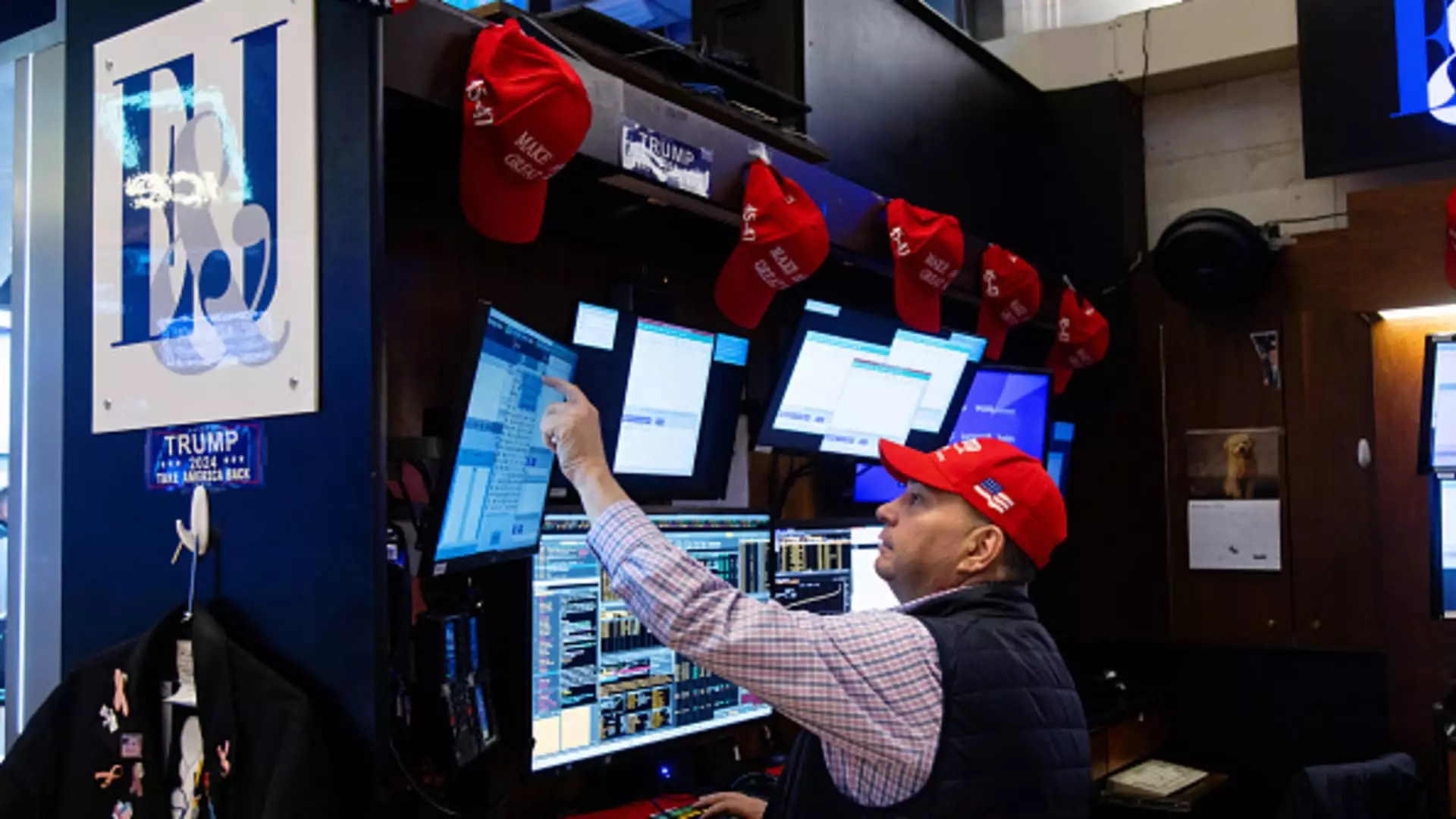In an ever-changing financial landscape, keeping abreast of market movements and the performance of various sectors is essential for investors. Recent reports illustrate that major indices reached unprecedented heights, showcasing a volatile yet exhilarating stock market evolution. This article delves into the key developments across significant indices and noteworthy sectors while also analyzing trends, potential risks, and market expectations for the upcoming periods.
On the day under review, optimism enveloped Wall Street as major stock indices achieved new all-time highs. The Russell 2000 led the pack with an impressive surge of 5.84%, marking a noteworthy 52-week high. The Dow Jones Industrial Average wasn’t far behind, elevating 3.57%, while the Nasdaq Composite climbed 2.95%, also posting a new record. The S&P 500, a crucial indicator of broader market performance, rose by 2.53%, reflecting a strong entry point for investors. Such growth raises questions about the sustainability of this bullish trend—could this momentum continue, or are we witnessing signs of volatility?
Market analysts remain vigilant, investigating whether these gains are a result of fundamental improvements in company earnings or superficial enthusiasm that could lead to corrections in the future. While a single day of growth does not define a trend, the consistency shown over recent weeks can hint at underlying strengths in the economy.
Diving deeper into sector-specific performances, the financial sector emerged as the most substantial mover, enjoying a robust 6.16% increase on that day. This strong performance can be attributed to factors such as improved interest rates and favorable economic indicators, compelling investors to capitalize on financial stocks. The industrial sector also displayed resilience, rising by 3.93%.
In contrast, other sectors like real estate, consumer staples, and utilities exhibited declines—2.64%, 1.5%, and 1%, respectively. These drops raise red flags concerning potential market overextensions, signaling that while some players bask in gains, others face headwinds.
It’s crucial for investors to appreciate that markets do not rise uniformly. Real estate’s and consumer staples’ underperformance reflects broader economic concerns that can impact future consumer spending and investment strategies.
A striking highlight was the performance of the SPDR S&P Transportation ETF (XTN), which skyrocketed by 6.6%. This surge can be attributed to stellar individual stock performances within the sector; companies such as ArcBest and Saia recorded gains of 16% and 13.4%, respectively. Transportation stocks often mirror economic movements, implying a potential boost in consumer demand and overall economic activity.
Given that the transportation sector serves as a bellwether for broader economic health, continued high performance in this area can bode well for market expectations, especially as consumers begin to regain confidence in spending post-pandemic.
Amidst the rising stock market, notable shifts in the bond market also attracted attention, particularly the spike in the 10-year Treasury note yield which reached 4.43%. Higher yields could signal increasing inflation concerns or impending interest rate hikes from the Federal Reserve aimed at tempering economic growth. Such conditions may lead to increased borrowing costs which, in turn, may stifle sectors reliant on debt for expansion.
The implications of rising yields cannot be overstated. Investors typically adjust their portfolios in response to shifts in interest rates, which could lead to volatility in sectors reliant on stable financial conditions.
As we look ahead, market participants should be keenly aware of the possible transitions in both sector performances and broader economic indicators. The mixed signals presented by various sectors suggest a dichotomy in market sentiment that could potentially lead to increased volatility in upcoming sessions.
Investors might benefit from focusing on sectors that display resilience in challenging times, such as technology and financials, while being cautious of those exhibiting instability. As companies prepare to report quarterly earnings, reviewing performance metrics will provide critical insights—either confirming the bullishness or revealing vulnerabilities lurking within the market’s facade.
The evolving market landscape requires diligent analysis and a carefully constructed investment strategy, underscoring the need for proactive engagement with emerging trends. The ability to navigate these dynamics effectively will be pivotal in achieving desired financial outcomes.

